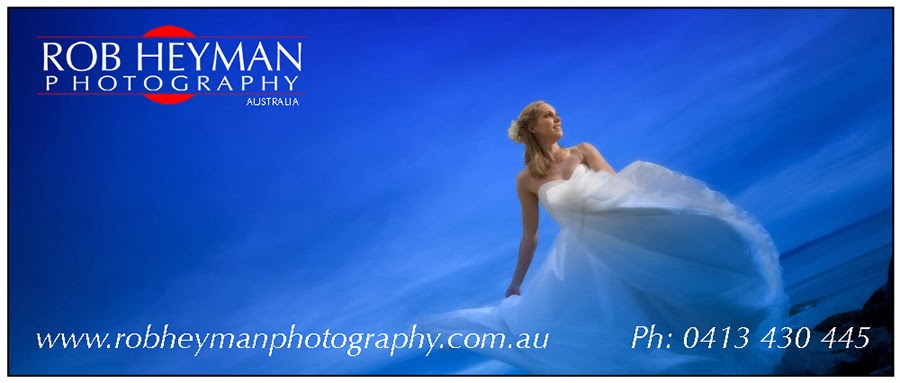I was recently brought to task for the apparent overuse of digital manipulation using Photoshop and it caused me think on the subject a little more.
First of all, what is manipulation?
Before we even press the shutter release, we are effectively manipulating the image. In the pre-digital era, we would decide on whether we would use monochrome or colour film; then we decide on what aperture to use, which will have an effect on the depth of field apparent in the image. Depth of field is evident and peculiar to cameras with a lens and to a lesser extent we can see it when we close one eye and focus on a close object. We do not notice any softening or blurring of the image when we have both eyes open. So a two dimensional photographic image with shallow depth of field can be seen as a manipulation of the scene; shutter speed controls the amount of movement of an object registered on the film. Think of star trails over a horizon. This can never be seen with the naked eye; exposure controls the tones registered on the medium. We can cause any scene to be dark and moody or light and airy. Which one is correct? Neither? Both?
This line of thought can extend for every step of the photographic process, and so far we have only mentioned film. The digital photograph gives many more opportunities to make decisions. Jpg or raw? Straight image or composite? Etc.
We make conscious decisions every step of the way to a finished photograph. All of which can be seen as manipulation.
After the initial exposure in-camera, much of the decision-making is during post-production. We can look at an image and decide what can be done to improve it. In my case, it usually involves only selective burn and dodge, but many treat this just as a starting point and work from there with extensive manipulation.
Then take the portrait below. This has quite a lot of manipulation compared to my usual. To keep the "feel" of the old car, I needed to change the colour of some shirts to keep a pleasing palette. Decisions had to be made about how much detail (or not) to leave in the background; a head transplant corrected a slightly less than perfect expression; I added highlights to the old car to increase the separation between the bonnet and the dark background. Finally, I reluctantly added a texture to the overall image to give it a grittiness that it seemed to lack. Compared to many or most portraits I see on the net, this amount of manipulation is minimal.
There is a saying that “you can't make a silk purse out of a sow’s ear”. Perhaps if you start with a SILK sow’s ear you are well on your way to success. A well composed, well exposed, well thought-out image will give you a better final result than a hastily snapped, badly lit piece of rubbish. (having said that, there are many people who make a lot of money producing just that.) The former could be used as components in a composite photograph that could stun the world.
Its a bit like making a cake. Using less than perfect ingredients will result in a less than perfect result.
Beautifully designed and lit components, aligned in a single composite image will be much more appreciated than a series of badly lit and poorly exposed pieces arranged on a canvas which then has a texture added to hide the imperfections.
I see the work of some of the Masters who regularly introduce several components into their image, and the results are truly amazing. Take Kenvin Pinardy in Malaysia http://www.pinardy.net who uses beautiful underwater images and adds in other, equally well photographed components to complete a final portrait.
So how much is too much?
I don't have the answer to this but can only offer my opinion.
Some years ago I had an image deemed ineligible to be judged because I had used a pencil to retouch a shoulder. Apparently it was not purely photographic. Carried through to a logical conclusion, that judgement would render many of the portraits in competition ineligible. The digital pencil, the Wacom tablet, would need to be banned.
Excessive manipulation is subjective. One man’s allowable is another’s excessive.
So I guess just about anything goes, but please, learn your craft and do it well.





No comments:
Post a Comment